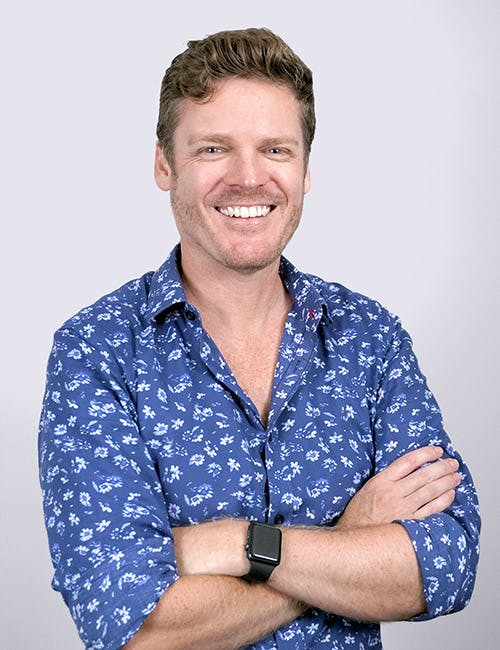HACK #4. If you ‘Think it. Ink it’.
You know that brilliant idea that just pops into your head at the strangest of times!
For me, it can be 4am, in the shower or going for a run. I have a journal, scrap bits of paper, and digital notes. Even if you don’t refer to it, the power of writing it down is powerful. The other day I found a scrap bit of paper I’d written my career dreams on 20 years ago. Surprisingly I’d managed to achieve them all - it had seeped into my consciousness just by writing it all down.
Why it works:
The sequential hand movements, like those used in handwriting, sharpens the brain by activating large regions of the brain responsible for thinking, language, healing and working memory. In fact, according to a study performed at Indiana University, the mere action of writing by hand unleashes creativity not easily accessed in any other way. And high-tech magnetic resonance imaging has shown that low-tech writing by hand increases neural activity in certain sections of the brain, much like meditation. Another often-overlooked benefit of writing by hand is that it just plain forces us to slow down and enjoy the moment - in effect resting the brain and potentially sparking creativity.
Source
How to give it a go:
Here's some tips I leverage to make the most of putting my thoughts down and getting them out of my head!
1. Keep a Quick-Access Notebook or App
Always have a pocket notebook, Notes app, or voice recorder ready for instant capture.
2. Write in Short Bursts
Jot down ideas in keywords, short phrases, or bullet points—keep it fast and simple.
3. Capture the Context
Write where, when, and why the idea came to you—it helps later when revisiting.
4. Use Headings or Tags
Categorise ideas (e.g., “Work,” “Writing,” “Inspiration”) to make them easy to find later.
5. Set a Daily Writing Habit
Take 5 minutes each day to dump raw ideas - consistency leads to breakthroughs.
